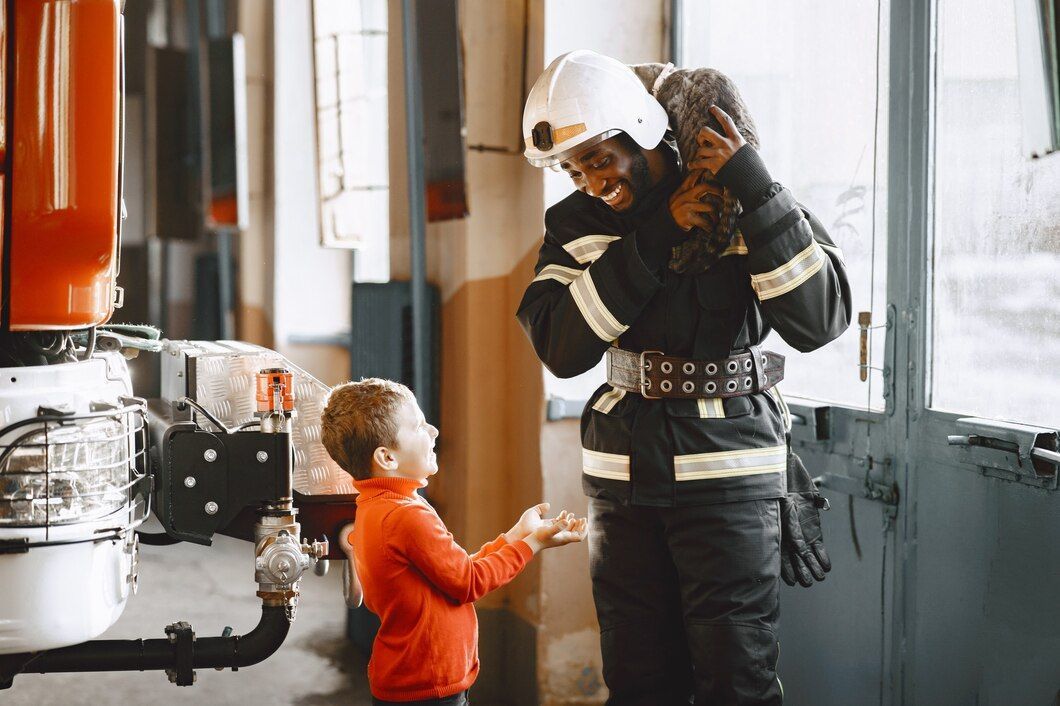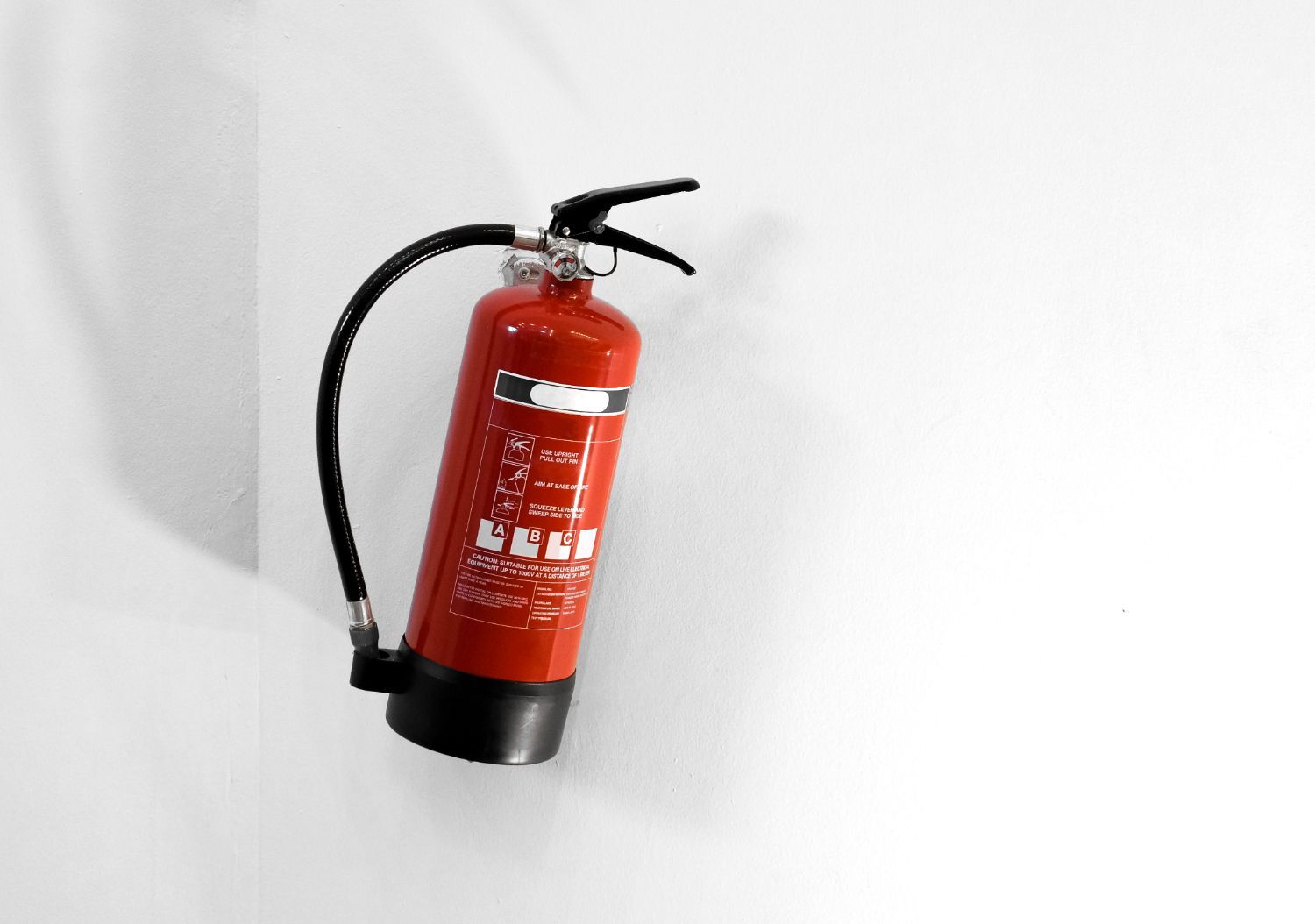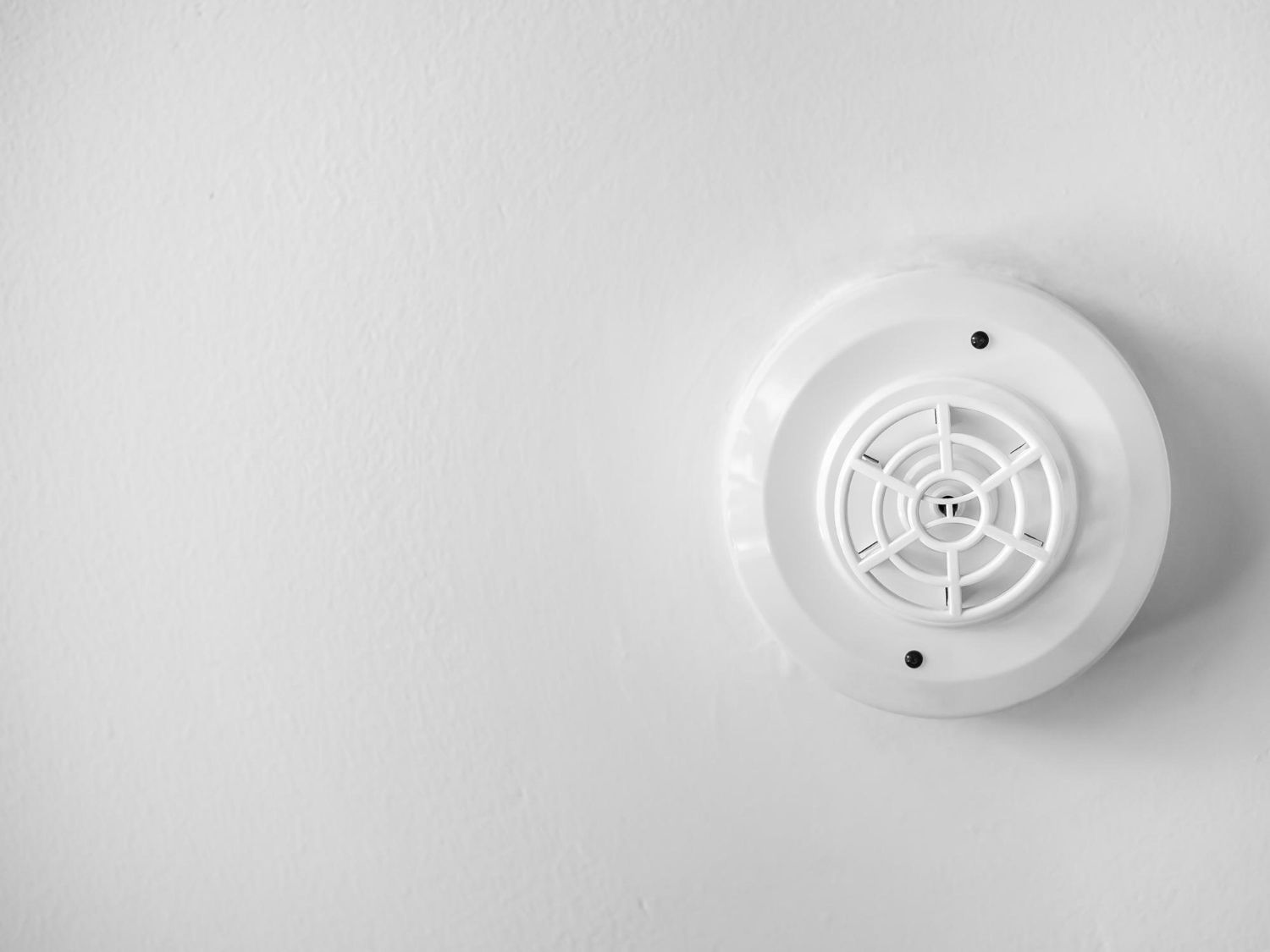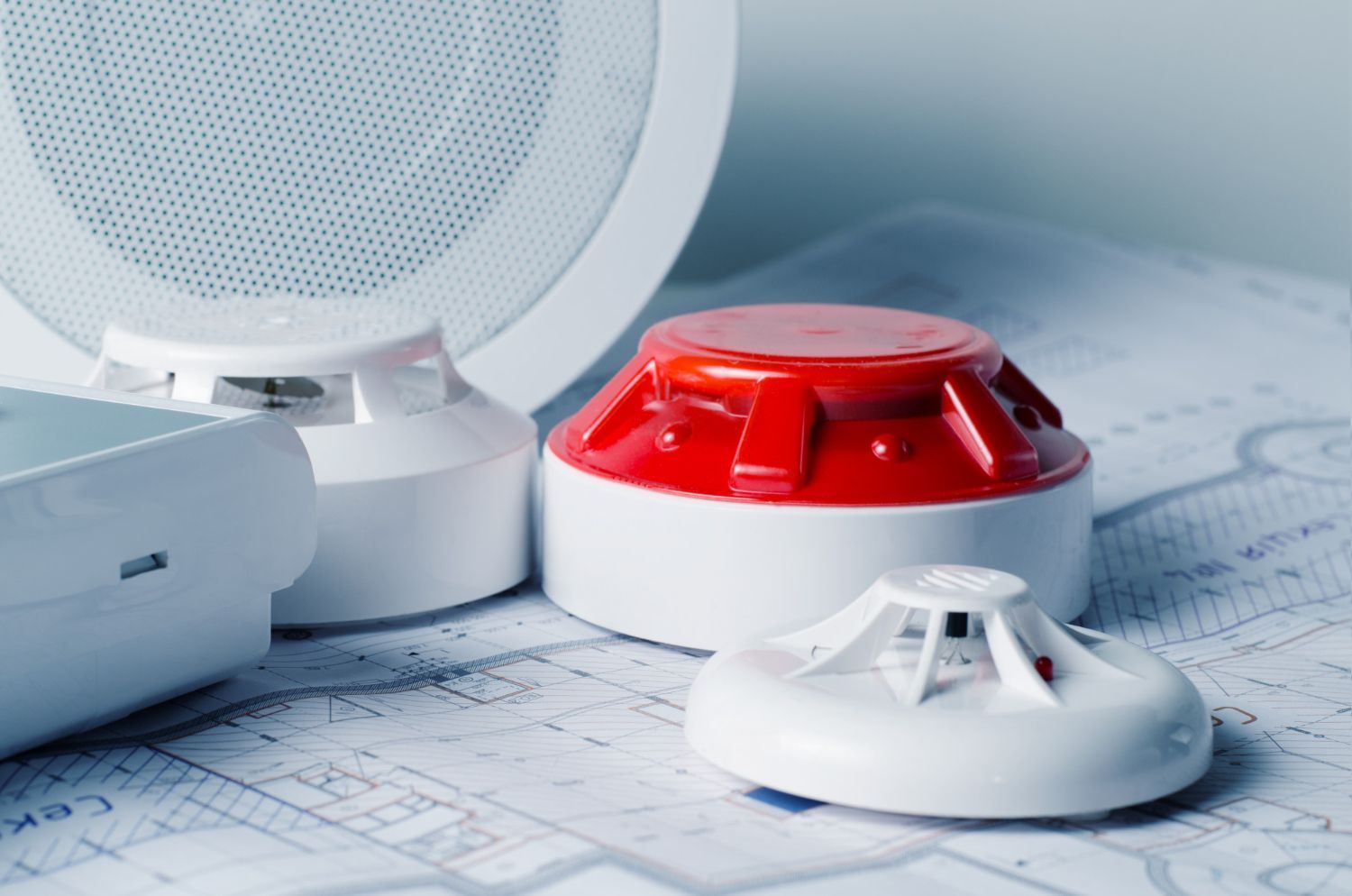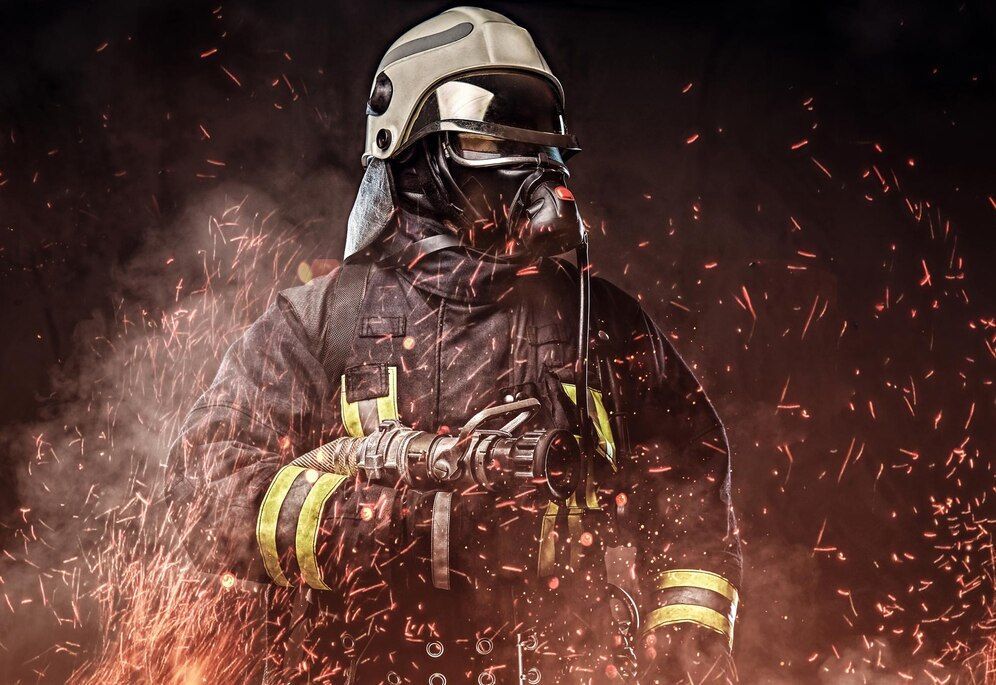Board of Fire Commissioners, Fire District 3,
Township of Old Bridge
Board of Fire Commissioners
Fire District 3
Township of Old Bridge
Fire Protection Tips for Homeowners: Expert Advice from a Professional Firefighting Team

As professional firefighters, we are dedicated to ensuring the safety and protection of our community's citizens and properties. We know that fires can be devastating and life-threatening, but there are steps that homeowners can take to protect their homes and families from the dangers of fire. In this article, we'll share valuable fire protection tips that every homeowner should know, straight from our years of experience in the field.
Fire risk can originate from many sources: cooking accidents, faulty wiring, or even simple human error. Being prepared and aware of potential threats within your home is the key to preventing a dangerous situation from escalating. Fire protection is not just about fire extinguishers and smoke alarms – it also involves understanding how to minimize risk, having an evacuation plan, and knowing what actions to take if a fire breaks out.
We'll begin by discussing the importance of smoke alarms and how to ensure they are properly installed and maintained in your home. Next, we'll delve into the various types of fire extinguishers, helping you understand how to choose the right one for your needs and how to use it effectively in the event of a fire. Additionally, we'll explore topics such as electrical safety, fire hazard identification, and creating a fire escape plan for your family.
While it's impossible to predict when a fire might occur, being proactive in your approach to fire protection can drastically reduce the risk and potential damage a fire may cause in your home. As professional firefighters, our ultimate goal is to keep you and your loved ones safe. We hope that by sharing our knowledge and expertise on fire protection, we can empower homeowners to take the necessary steps to ensure their homes are as safe as possible from the threat of fires.
The Importance of Smoke Alarms
Smoke alarms are a crucial component of any effective fire protection strategy, as they are typically the first line of defense in detecting a fire. Early warning is essential in providing time for you and your family to evacuate the home safely. Consider the following best practices when installing and maintaining smoke alarms:
1. Install smoke alarms on every level of your home, inside and outside bedrooms, and in any other rooms where people sleep.
2. Test your smoke alarms monthly by pressing the test button. Replace batteries annually or when the alarm emits a low-battery warning.
3. Replace smoke alarms every ten years, as the sensors may lose sensitivity over time.
4. Ensure your smoke alarms are interconnected, so when one sounds, they all do.
Choosing and Using Fire Extinguishers
Having a fire extinguisher readily available and knowing how to use it can make a significant difference in mitigating the damage caused by a fire. However, not all fire extinguishers are suitable for every type of fire. Here's what you need to know:
1. Understand fire classifications: Fires are classified based on the materials fueling them. The most common classes are A (ordinary combustibles), B (flammable liquids), and C (electrical fires). Ensure you have the appropriate fire extinguisher for each type of fire in your home.
2. Select multi-purpose extinguishers: A multipurpose fire extinguisher that covers classes A, B, and C is ideal for homeowners, as it can be used on various types of fires.
3. Familiarize yourself with the PASS technique: PASS stands for Pull the pin, Aim at the base of the fire, Squeeze the lever, and Sweep from side to side. Practice using the PASS technique before a fire occurs, so you're prepared in an emergency.
4. Place fire extinguishers strategically: Keep fire extinguishers in easily accessible locations such as the kitchen, garage, and near bedrooms. Make sure all household members know where extinguishers are located and how to use them.
Electrical Safety Tips
Electrical fires can be extremely dangerous, as they often occur without warning and are difficult to extinguish. Reduce the risk of electrical fires in your home by following these safety tips:
1. Inspect wiring and outlets regularly: Look for frayed wires, loose connections, or cracked outlets. If you notice any issues, contact a qualified electrician for repairs.
2. Avoid overloading outlets: Overloading outlets can lead to overheating and fire. Use power strips with built-in circuit breakers or surge protectors to mitigate this risk.
3. Unplug appliances when not in use: Small appliances, such as toasters or hairdryers, should be unplugged when not in use to minimize the risk of electrical fires.
4. Exercise caution with extension cords: Only use extension cords as a temporary solution, and avoid running them under carpets or across doorways.
Creating an Effective Fire Escape Plan
Having a well-thought-out fire escape plan is crucial to ensuring everyone in your household knows how to react quickly and safely in the event of a fire. Consider these steps when developing your family's plan:
1. Map out your home: Create a detailed floor plan of your home, marking all doors and windows, as well as the location of smoke alarms and fire extinguishers.
2. Plan at least two escape routes: Identify at least two escape routes from every room, in case one is blocked by smoke or fire.
3. Establish a meeting place: Designate a safe outdoor location where your family will meet after evacuating the home.
4. Practice, practice, practice: Regular fire drills help reinforce escape routes and ensure every household member knows what to do in the event of a fire.
Conclusion
As a professional firefighting team, we understand the importance of fire safety and fire protection measures for homeowners. By implementing the tips and advice shared in this article, you can significantly reduce the risk of fires and ensure the safety and well-being of your loved ones. Remember that early detection, preparation, and education are the keys to effective fire protection. Don't hesitate to reach out to our expert team at
Board of Fire Commissioners, Fire District 3, Township of Old Bridge for more information on fire protection services, incident response, and public education programs.
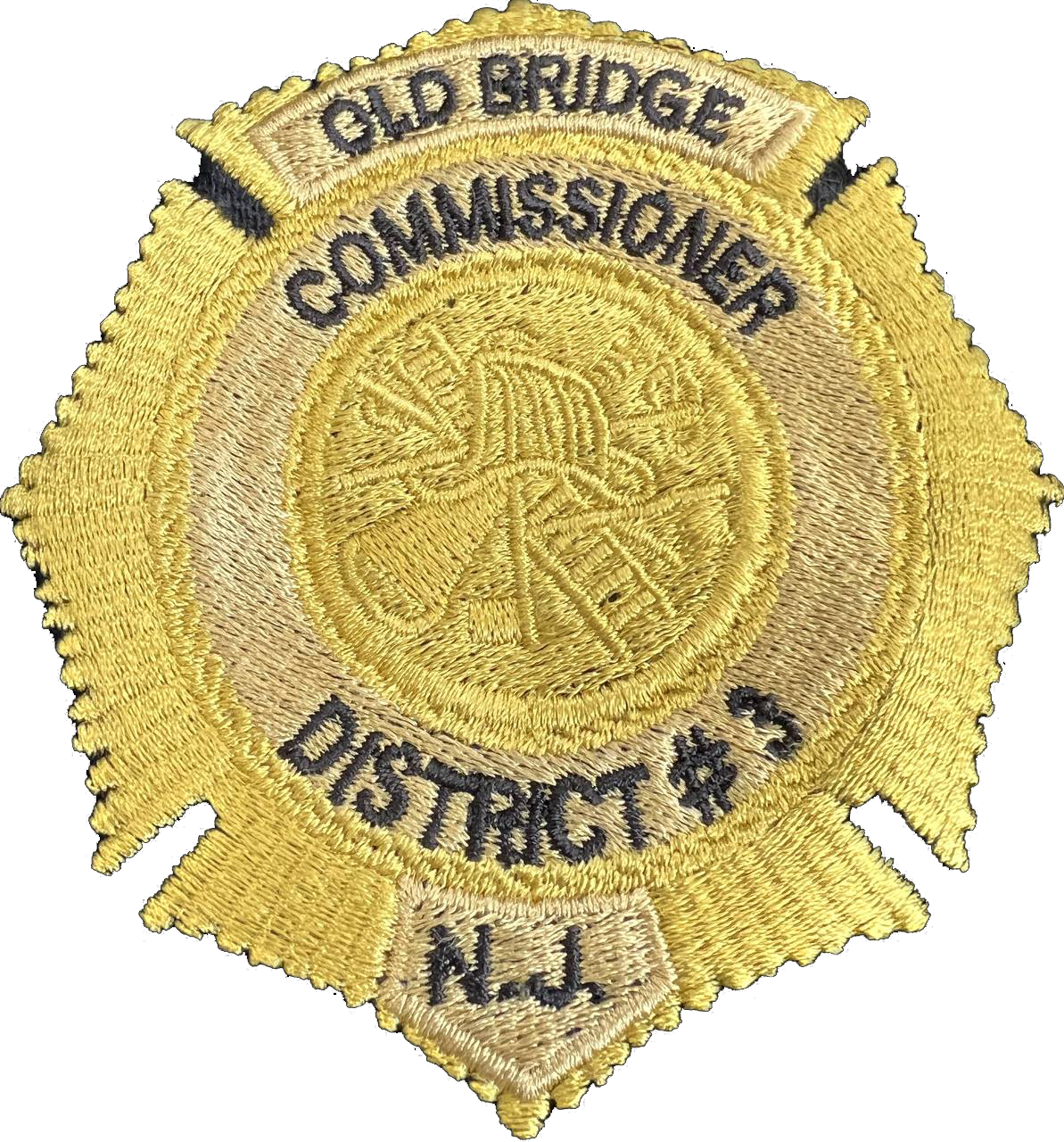
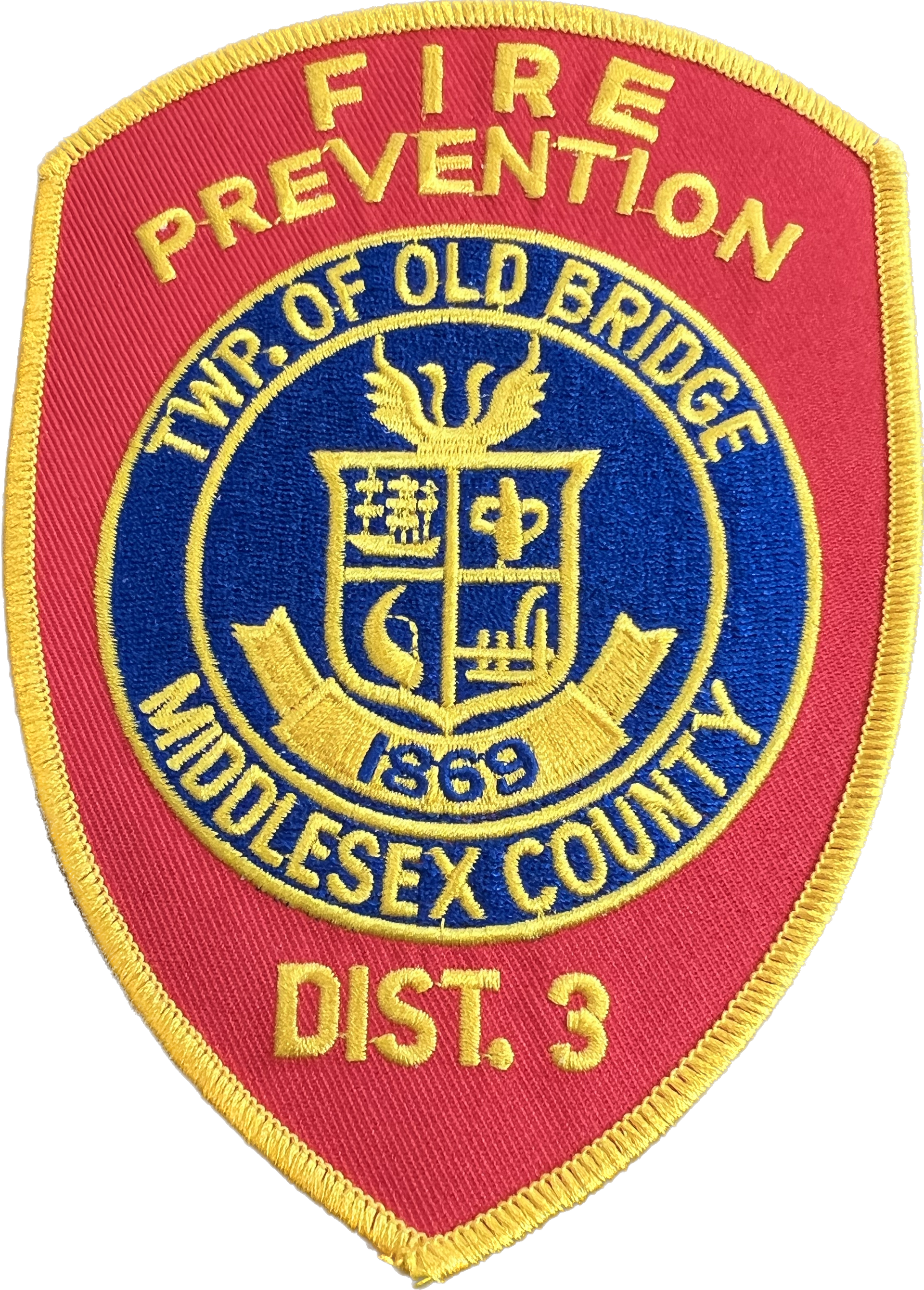
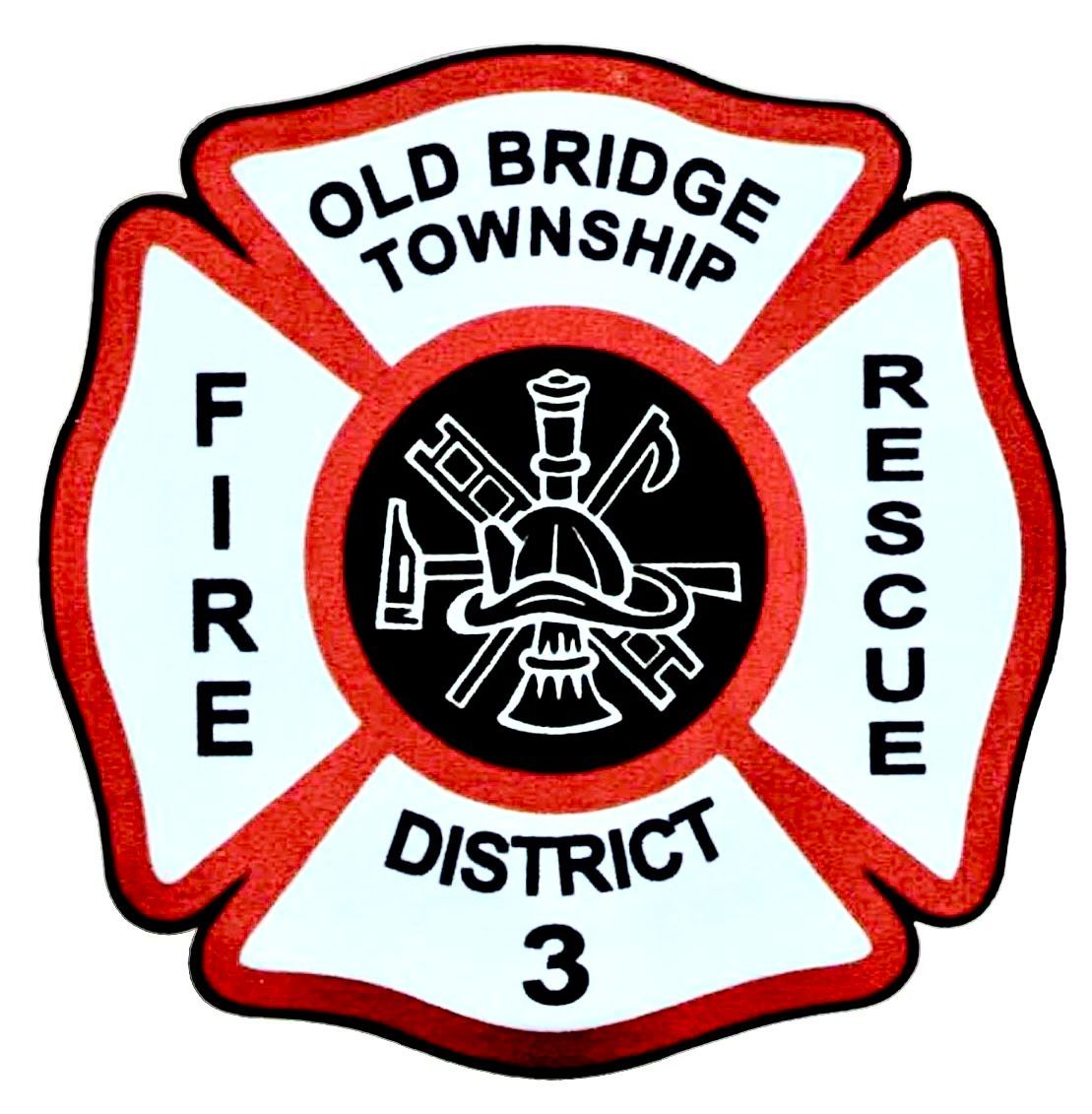



Phone: 732-723-1124 | Email: firedistrict3@obfd3.com
Address: 913 Englishtown Road Old Bridge, New Jersey 08857
We are closed daily from 12 Noon to 1pm for lunch
© 2023 All Rights Reserved | Board of Fire Commissioners, Fire District 3, Township of Old Bridge
All Rights Reserved | Board of Fire Commissioners, Fire District 3, Township of Old Bridge
